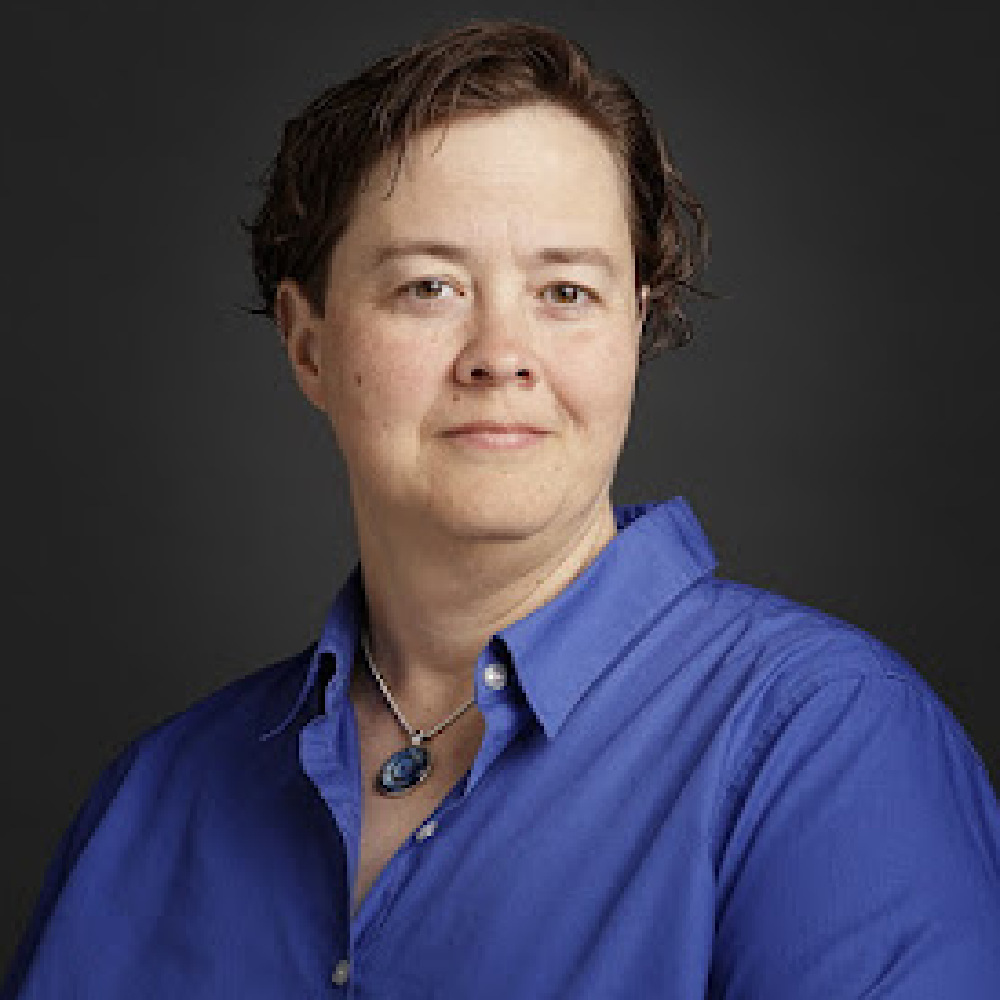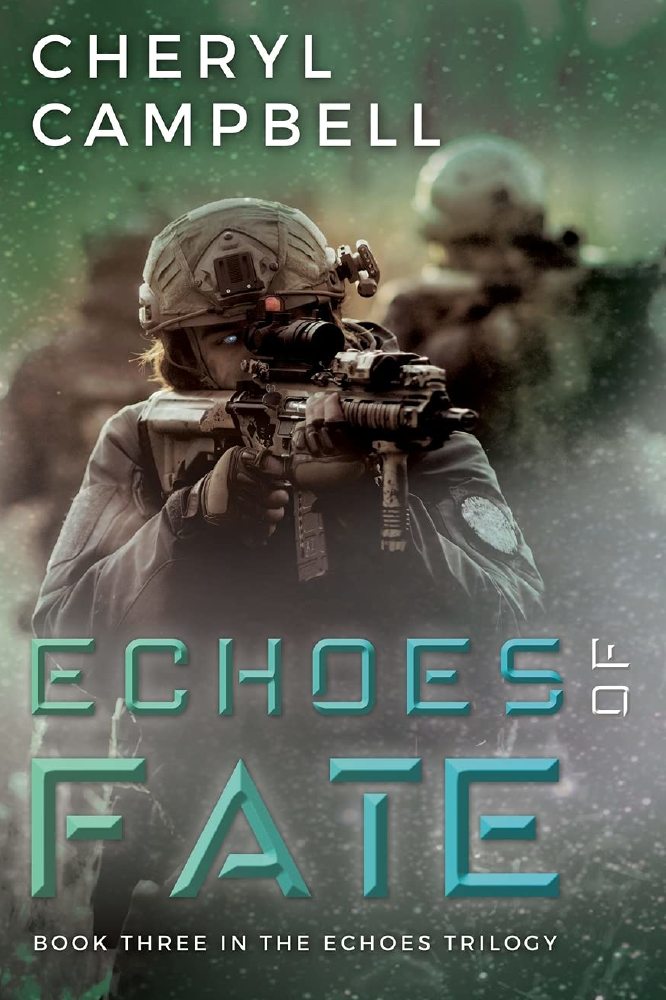I work in the IT world as a database analyst. I’m also a writer and painter.

The analytical brain and the creative brain, both take up space inside my head. There are times when these two worlds smash together in a spectacular and unproductive fashion. My left brain proceeds to analyze a novel or painting to death while my right brain is determined to inject creativity into a defined, inflexible set of data points. In what sometimes feels like a recipe for disaster, it doesn’t always generate that catastrophic mushroom cloud. The intriguing part of the concoction is when I figure out how to merge and optimize the two sometimes-dueling hemispheres.
For novels, I’ve learned to break them down into smaller segments using a spreadsheet. This allows me to more methodically pick it apart to find plot holes or continuity errors or map a character arc. In the IT job, I work with electronic medical records in the healthcare industry. The creative side of the brain can help find ways to manipulate the software to provide the result my clinical customers need. This becomes especially fun when I can make the software do something it was not originally built to do. By creatively pushing the system beyond its specified design, it is a great way to find bugs in the software that can then be fixed.
I had never considered merging the two worlds together until I tried it and made progress by doing so. It took time, trial and error to determine the right balance, and patience—lots of patience.
When I’m asked about how I pull a novel together and I mention using a spreadsheet, eyebrows go up. I get a similar reaction when asked how I managed to get a techy square peg into a techy round hole (though usually my customers are happy to receive the functionality they wanted and are less interested in how I brought it into existence).
The key has been experimentation to sort out what works for me and what doesn’t. The trick is to not get into a rabbit hole or stuck going in circles.
Outlining and picking apart a novel’s scene is one thing. Paralysis by analysis becomes detrimental to the end goal. On the IT side, sometimes the tech just can’t be manipulated, and when that dead end is reached, it’s time to move on.
I’m not sure there is a defining list of dos and don’ts when mixing analytics and creativity since we’re all different in how we operate, but this is how I handle the blending of the hemispheres:
Patience
Once a task becomes an aggravation, I take a breath and back off a bit before tackling it again. Going for a walk, even a quick one, is helpful.
Set a time limit
If I am spending more time analyzing a story or painting than I am doing the actual work of writing or painting, I need to revisit my plan. If I’m still working on a creative solution for a technical problem and the time sink is putting a deadline at risk, I need to re-evaluate my process.
Try again
When the roadblock seems impassable, it’s okay to give it another try, but I go back to that time limit and I also set a limit to the number of attempts I’ll make before deeming it time to move on.
Stick to deadlines
I do everything I can to avoid missing deadlines, even self-imposed ones. This is a great preventative tactic to help me stay out of rabbit holes.
Get more eyes on the issue
Depending on the situation, I may reach out to a creative or technical peer to have another set of eyes on the problem. When I do, I’m hyper-aware of their time too so I’m not dragging us both down.
Sleep on it
If I’m really stumped by something within a story, how to get a particular effect with the paint, or how to handle a technical problem, I’ll let it marinate in the brain for a bit (provided that added time isn’t going to create major deadline issues). Many times a solution comes to me in the middle of the night, so I’ll get up, jot it down, then go back to bed. Sleeping on it ties into the first bullet: Patience.
I’ve been a healthcare IT analyst for sixteen years. I’ve been writing since childhood and got serious about honing that craft ten years ago. It’s taken time to fine tune how I mix left brain and right brain activities, and I continue to adjust how I allow them to interact as I continue to evolve myself.

Tagged in Books

